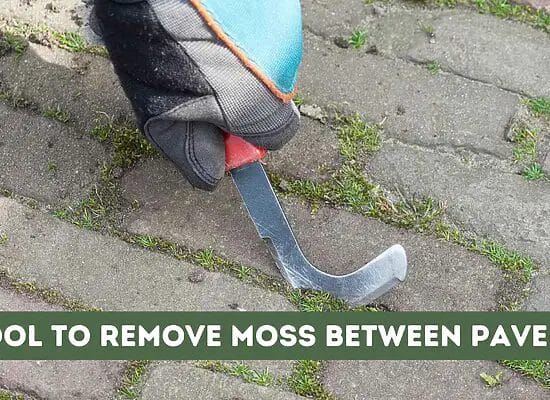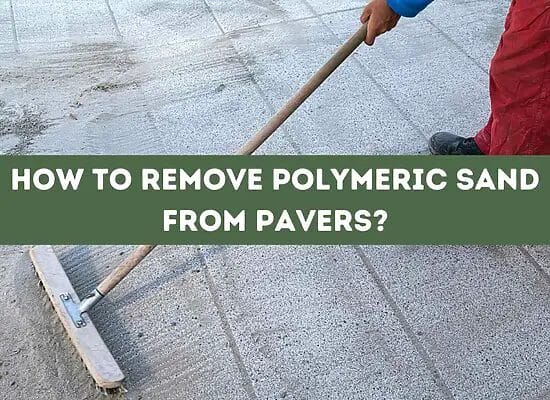
Sometimes it’s nice to have a gazebo away from concrete or paved paths, which gives it a much more organic feel, especially if it’s sitting out on freshly cut grass.
Placing your gazebo on grass poses new problems for the user, though, as there is nothing nearby fixed permanently to the ground. In this article, we look at how to anchor a gazebo on grass and which way suits you best.
Can a gazebo go on grass?
Yes, a gazebo can go on grass. Just like anchoring a gazebo to pavers, we can make this happen in various ways. The anchoring style will depend on the type and size of the gazebo you are installing, how long you intend it to be there, and your preference for how it will look on your grass.
Benefits of Anchoring a Gazebo
The main benefits of anchoring a gazebo are:
To hold it fixed in windy or stormy weather. Strong winds can easily lift a gazebo off the ground and blow it over, which can cause severe damage to the gazebo and to anything you might have nearby to it. Anchoring a gazebo to protect it from strong wind is a top priority.
To prevent it from being accidentally knocked over. Often when we are putting up a gazebo, it is so that we have a nice place to invite our family and friends to be together. It is not uncommon at large gatherings for people to accidentally bump into things – especially children. If you have tables or chairs inside the gazebo, you won’t want the legs of the gazebo to be able to knock them over.
To keep the gazebo rigid. Most gazebos are simple structures made up of four legs and a roof. If you decide not to anchor the legs securely the whole structure is quite flimsy. Anchoring the legs gives you peace of mind that the gazebo won’t fall or be knocked over.
Types of Gazebo grass anchoring
There are many ways to anchor your gazebo to grass securely. I will list them in point form below.
Tent pegs
Using tent pegs is a very lightweight idea. Tent pegs are not long enough or strong enough to hold the majority of gazebos. I would only use tent pegs if the gazebo was small or there was a calm weather forecast.
Gazebo spikes
These are much better for securing your gazebo to the grass. Gazebo spikes are much stronger and longer than tent pegs. They are usually made from galvanized reinforcing bar, also known as rebar. The ribbed effect of the rebar grips the soil much better than smooth tent pegs.
Weights
A gazebo can be held down using weights – how you choose to do this is your own preference. Some people set heavy concrete blocks onto the bottom of the gazebo legs, while others set the legs of the gazebo into decorative pots and fill them with concrete.
If the weight is capable of holding down the gazebo, that is good, but be aware that using weights on the legs can cause a trip hazard, as this is a very bulky solution to the problem.
Some people reported using straps to attach to the legs and then placing weights on the end of the straps. This sounds hazardous and not something I would advise you to do.
Pour concrete foundations
Depending on how permanent you want the gazebo to be will also influence the type of anchor you use. If the gazebo was going to be a permanent fixture on the grass, then digging and pouring concrete foundations under each leg would be the best solution.
The leg fixing plate can be fixed to the concrete first, and then the leg bolted to the plate. This is the strongest way to fix a gazebo in place. There is no trip hazard, as there are no bulky weights, and you can keep your concrete foundations an inch above the grass, which prevents the legs from corroding or rotting.
Another way of securing the gazebo legs in concrete is if you set the legs of the gazebo into holes in the soil and pour concrete around them. Although this is a good method, I would check the heights of my gazebo as you could lose 1 to 2 feet from the height inside, depending on how deep you put the legs in the ground.
Materials Needed for Anchoring a Gazebo to Grass
For a gazebo that is hired or temporary, you will most likely use the gazebo spikes hammered into the ground. For this, all you will need is a heavy hammer, like a block hammer (4 lbs).
If you want to locate your gazebo on the grass but it’s going to be there for some time, then I would advise you to dig a concrete footing/ foundation under each leg, keeping it 1 inch above the grass and fix the legs using the anchor plates usually supplied with the gazebo.
You could set the leg plate bolts into the wet concrete, or you can wait until the concrete hardens and drill the holes with a masonry bit on a hammer drill, then secure the plates with sleeve anchors.
The tools you will need are:
- A measuring tape to check the holes’ depth and leg positions;
- A spade to dig the holes;
- A spirit level to check the legs are plumb;
- A wheelbarrow to move the concrete across the lawn (you don’t want a 20-ton lorry driving over it);
- Bolts to hold the leg anchor plates into the wet concrete or sleeve anchors and a hammer drill and masonry drill bit to fix them when the concrete is dry;
- A spanner to tighten the sleeve anchors.
Anchoring a Gazebo on grass Step-By-Step Process
Step 1: Mark where the holes for the legs need to go- use your tape and plumb level.
Step 2: Dig the holes out – the size of 1-foot square by 2 feet deep should be adequate.
Step 3: Pour the concrete and set the anchor plates.
Step 4: When the concrete foundations are dry (2 days- minimum), set the gazebo legs onto the fixed leg plates and fasten them into place.
Alternatives to secure a Gazebo in the grass
You could buy things called spiral stakes. These, as the name suggests, are shaped like a spiral tent peg. They attach to a fitting on a power drill which screws them into the ground, and because they are spiral-shaped, they are much harder to pull straight out of the ground.
I think these would be good for a temporary fix, long term steel will rot in the ground unless it is protected by something, and although these are galvanized they are not as good as concrete footings for large long-term gazebos.
Tips for maintaining a securely anchored Gazebo in the grass
For gazebos fastened to concrete footings, the amount of maintenance is small. Check the bolts holding the legs to the leg plates once a month for the first few months.
Before winter and bad weather sets in every year, do a quick walk around to check everything is secure and bolts are tight. The other point with it being on grass is to keep the grass trimmed around the base of the legs, so it doesn’t rot the structure.
FAQ: Anchoring a Gazebo on Grass
What can I put on the grass under my gazebo?
If the gazebo is temporary, the grass will be trampled for a short period and then recover. Still, if your gazebo is going to be fixed long-term on the grass, it will eventually die, so it needs to be covered. The type of covering I found are best are either artificial grass, wooden decking, or pea gravel.
Using these hardwearing materials will ensure your feet are clean and dry. Just make sure the grass area below is well-drained. Otherwise, it may be an idea to pour a slightly raised concrete base and fit your floor covering onto the concrete.
Can you put a gazebo on uneven ground?
Yes, you can, but it is not a good idea. The legs will not be plumb straight, and any furniture inside will be uneven. You might find your soup ending up on your lap! Always choose somewhere flat to place your gazebo unless you build level footings and a flat base.
Where should I put my gazebo in my yard?
If your gazebo is going to be temporary, then it can be placed in the most convenient spot. If it is going to be permanent, it is probably better to keep it around the boundary of your yard. Just make sure it has a good view from it, and that access is not too out of the way.
As we have seen in the points above, it is very important to anchor a gazebo on grass properly. There are many different ways to do this, but not all of them are good.
Temporary gazebos are fine being anchored with their gazebo pins, but for permanent structures, it is a much better idea to secure the gazebo to concrete footings. The next time you visit someone with a gazebo, you will notice how they have secured theirs. Perhaps you will inform them of how to anchor a gazebo the best way?












